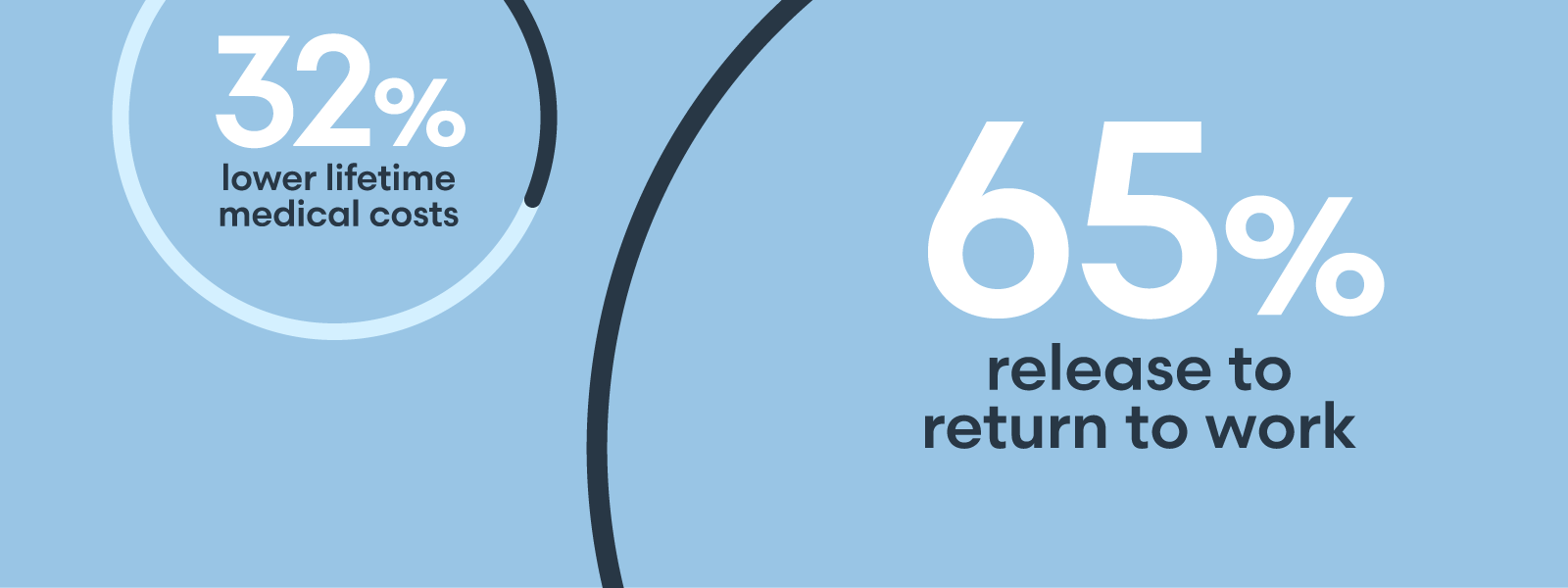

In 2021, the participation rate of providers in value-based contracts is less than 20%. That means an enormous amount of risk will shift to provider organizations and others in the healthcare industry in the next four years.
COVID-19 forced providers to turn their attention to delivering care through the public health emergency and coping with unprecedented constraints. On one hand, the pandemic effectively slowed the shift to value-based care, at least during 2020, but on the other, it also is expected to accelerate pressure to reduce healthcare costs in the future. Even though the healthcare sector is not yet out of the woods on the pandemic, providers must keep looking forward and prepare to take on more risk.What providers can do
The pros and cons of value-based contracts vary for each provider organization. Many will equate the reimbursement model to loss of revenue, but that will not be the case for organizations that are forward-thinking and quality-focused. The intent of value-based care is to reduce the total cost of care by improving the quality of care. There will be winners and losers in this shift. The promise of value-based care is better care for patients and a higher quality of life for health care practitioners.
In value-based contracts, upside and downside risk will be embedded in the healthcare landscape. The winners will be provider organizations that outperform their peers. One way they can do that is to utilize data to assess their financial risks and calculate how they would perform in the value-based environment.Solutions to manage risk
Data and analytics can provide insights into rules, regulations, quality and cost in value-based contracts. These tools can enable provider organizations to navigate value-based programs, analyze their performance and identify practice areas needing transformation.
Insurance solutions can also be crafted to match the underlying payment program, ensure there are no gaps in coverage, and retentions can be scaled to match an organization's risk tolerance. Modeling expected financial loss under a value-based program allows provider organizations to manage their downside risk while focusing on improving performance.

Brian York is Vice President, Value-Based Care, at Coverys, an innovative provider of medical malpractice insurance dedicated to helping policyholders anticipate, identify and manage risks to reduce errors and improve outcomes. David Terry is CEO of Archway Health Advisors, a subsidiary of Coverys that works with healthcare providers to design, execute and finance care and risk management programs.
Lorem ipsum dolor sit amet, consectetur adipisicing elit, sed do eiusmod tempor incididunt ut labore et dolore magna aliqua. Ut enim ad minim veniam, quis nostrud exercitation ullamco laboris nisi ut.
Lorem ipsum dolor sit amet, consectetur adipisicing, sed do eiusmod tempor incididunt ut labore et dolore magna aliqua. Ut enim ad minim veniam, quis nostrud exercitation ullamco laboris nisi ut. Ut ad minim veniam.
Vestibulum ante ipsum primis in faucibus orci luctus etel ultrices posuere cubilia Curae.
Lorem ipsum dolor sit amet, consectetur adipisicing elit, sed do eiusmod tempor incididunt ut labore et dolore magna aliqua. Ut enim ad minim veniam, quis nostrud exercitation ullamco laboris nisi ut.
Sed ut perspiciatis unde omnis iste natus error sit voluptatem!
Nemo enim ipsam voluptatem quia voluptas sit odit aut fugit!
Ut enim ad minima veniam, quis nostrum exercitationem ullam!

"Et harum quidem rerum facilis est et expedita distinctio!"

"Nam libero tempore, cum soluta nobis est eligendi."

"Temporibus autem quibusdam et aut officiis debitis!"